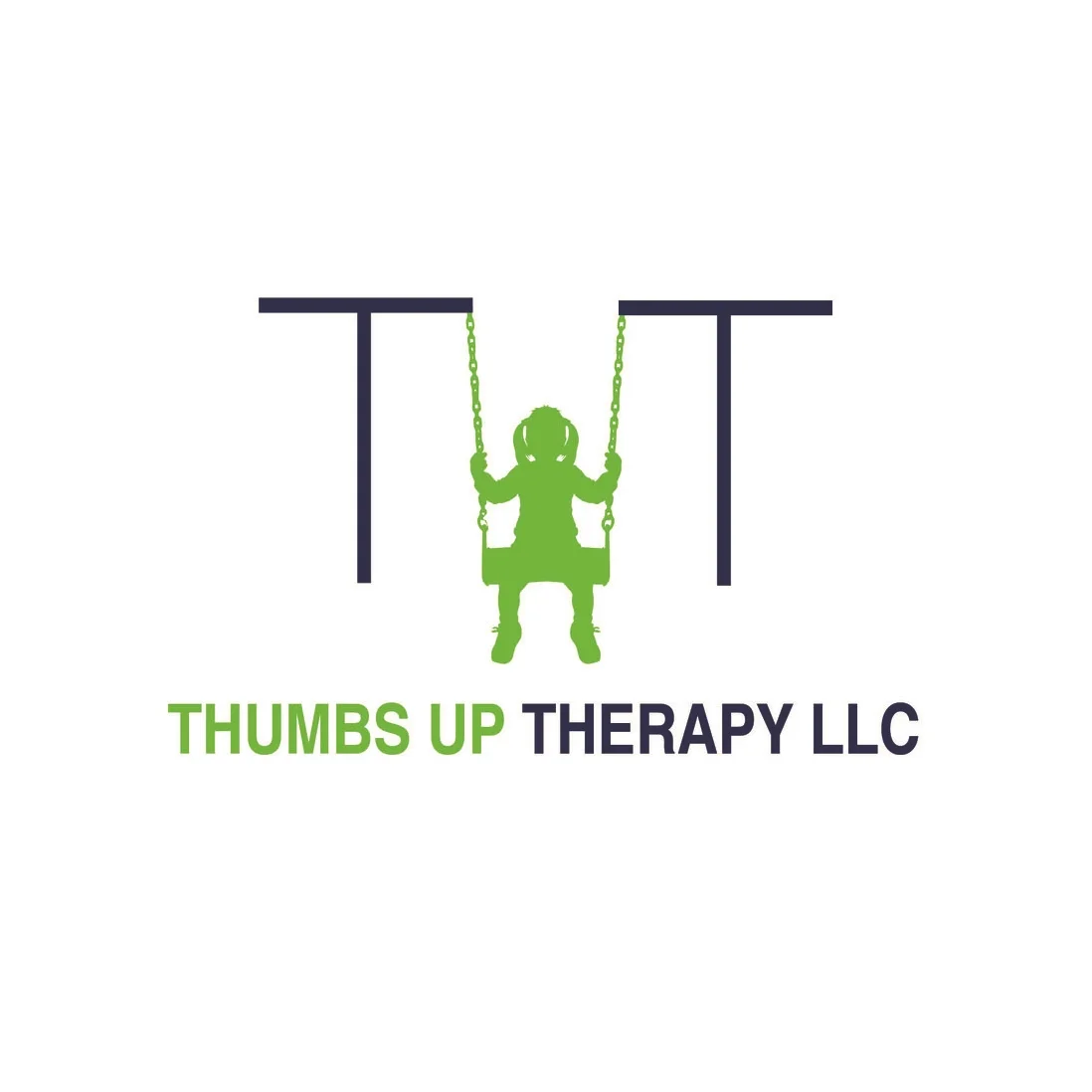Pediatric Occupational Therapy (COORDINATION/ SENSORY/ MOTOR SKILLS):
Some children benefit from a boost to help aid in their development whether it is related to handwriting, fine motor skills, coordination, riding a bike, managing behavior and/or sensory processing, or overall self-esteem. I have over ten years experience working with children starting at birth through the teenage years addressing these unique needs. I provide services that meet the needs not only of the child, but of the entire family. Therapy should be fun, engaging, and functional. The "just right challenge" guides my treatment philosophy; the child is pushed to his or her upper limits, while still having success and feelings of pride and achievement. Parent involvement is welcomed to address the goals you and your child value the most.
Specialty Training:
iLs - Integrated Listening System - The iLs methodology integrates music, movement and language exercises for the purpose of improving brain function. iLs programs are designed to be fun, and may be used on their own or in conjunction with other methods. [http://integratedlistening.com/]
Therapeutic Listening - Therapeutic Listening is a specific sound-based intervention that is embedded in a developmental and sensory integration perspective. The music in Therapeutic Listening gives the listener unique and precisely controlled sensory information. The music is electronically modified to highlight the parts of the sound spectrum that naturally capture attention and activate body movement, synchronizing it with the environment. Therapeutic Listening uses electronic modifications, along with the organized, rhythmical sound patterns inherent in music, to trigger the self-organizing capacities of the nervous system. [https://vitallinks.com/therapeutic-listening/]
Wilbarger Therapressure Protocol - The Therapressure protocol, often referred to as "brushing," is one component of professionaly guided treatment that may be used in the treatment of sensory defensiveness. It should be noted that only one component of the Wilbarger Approach to Sensory Defensiveness which must incorporate education and sensory diet as well as professionally guided treatment strategies. The Therapressure protocol consists of deep pressure input, with a soft and densely bristled plastic brush, provided to the hands, arms, feet, legs and bakc of clients. Therapressure should never be applied to the head, face, groin or buttocks. [http://wilbarger.tripod.com/id4.html]
Manual Therapy Overview:
Craniosacral Therapy, Visceral Manipulation, and Myofascial Release helps alleviate symptoms of headaches, migraines, sleep issues, fatigue, stress and/or anxiety, among many other symptoms or issues you may be experiencing. A session will leave you feeling relaxed, recharged, and grounded. You may remain clothed for the session while laying on a massage table. Some techniques have better outcomes in a seated position which usually occur at the end of the session. Wearing comfortable clothing helps the body to relax. I will place my hands on various parts of your body (e.g. feet, shins, thighs, abdomen, chest, head, etc) in which you may or may not feel me making subtle movements. Some people become so relaxed during the session they fall asleep. You may want to share your experiences during the session and talk or we can be silent. Each session is unique to your needs and what your body and mind need at that time.
CRANIOSACRAL THERAPY:
CranioSacral Therapy (CST) was pioneered and developed by osteopathic physician John E. Upledger following extensive scientific studies from 1975 to 1983 at Michigan State University, where he served as a clinical researcher and Professor of Biomechanics. CST is a gentle, hands-on method of evaluating and enhancing the functioning of a physiological body system called the craniosacral system - comprised of the membranes and cerebrospinal fluid that surround and protect the brain and spinal cord. Using a soft touch generally no greater than 5 grams, or about the weight of a nickel, practitioners release restrictions in the craniosacral system to improve the functioning of the central nervous system. By complementing the body's natural healing processes, CST is increasingly used as a preventive health measure for its ability to bolster resistance to disease, and is effective for a wide range of medical problems associated with pain and dysfunction. [Source: http://www.upledger.com/therapies/]
VISCERAL MANIPULATION:
Visceral Manipulation is based on the specific placement of soft manual forces to encourage the normal mobility, tone and motion of the viscera and their connective tissues. These gentle manipulations can potentially improve the functioning of individual organs, the systems the organs function within, and the structural integrity of the entire body. Harmony and health exist when motion is free and excursion is full - when motion is not labored, overexcited, depressed, or conflicting with neighboring structures and their mobility. Therapists using Visceral Manipulation assess the dynamic functional actions as well as the somatic structures that perform individual activities. They also evaluate the quality of the somatic structures and their functions in relation to an overall harmonious pattern, with motion serving as the gauge for determining quality. Due to the delicate and often highly reactive nature of the visceral tissues, gentle force precisely directed reaps the greatest results. As with other methods of manipulation that affect the body deeply, Visceral Manipulation works only to assist the forces already at work. Because of that, trained therapists can be sure of benefiting the body rather than adding further injury or disorganization. [Source: http://www.barralinstitute.com/therapies/]
